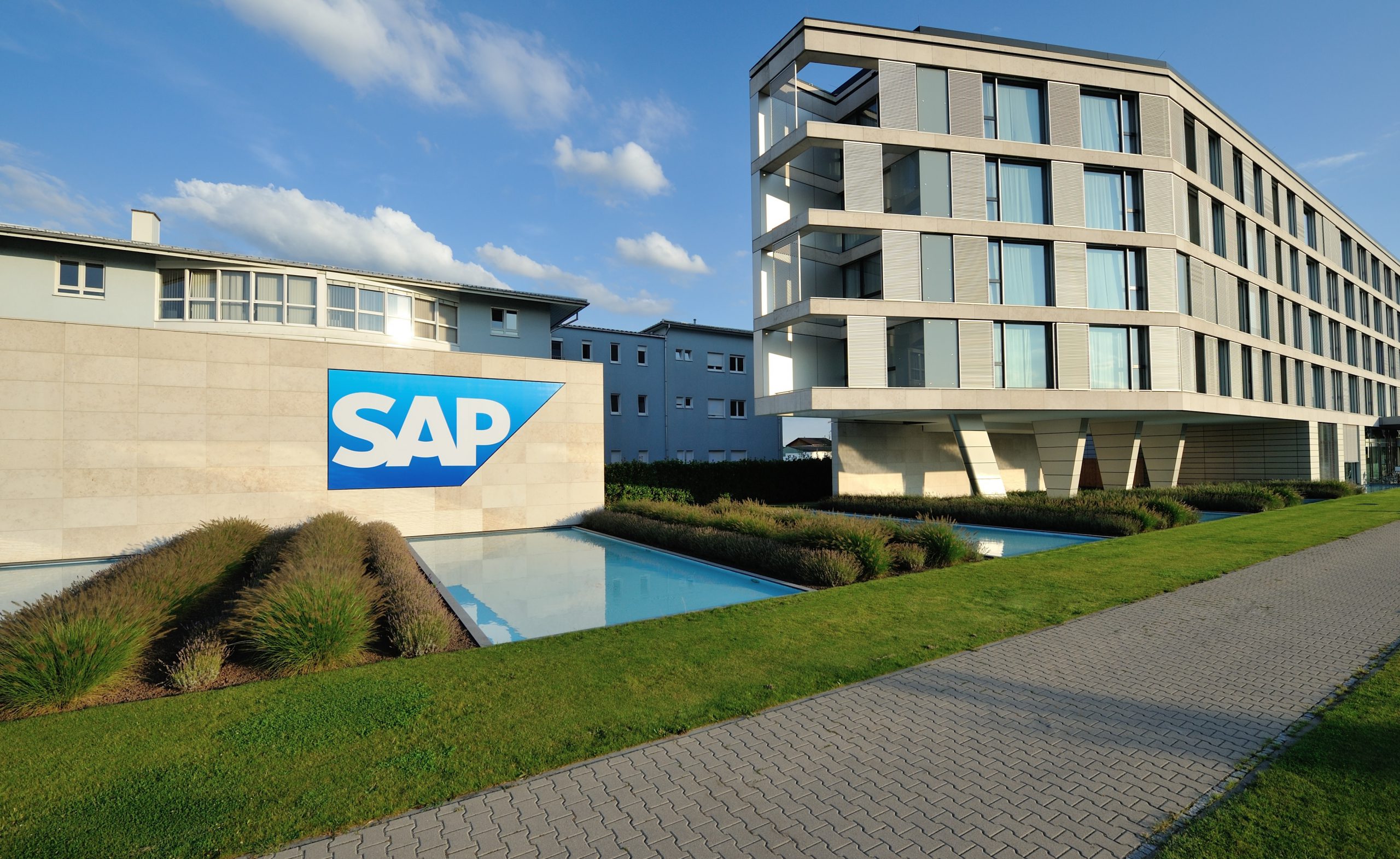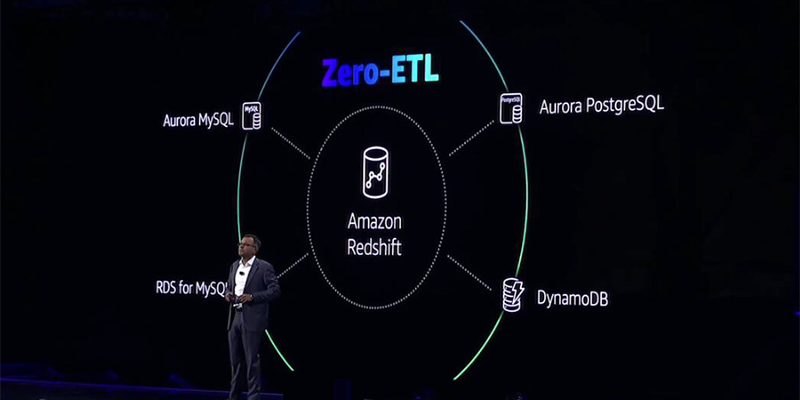Making way for gen AI innovation
But before realizing the value of gen AI, life sciences organizations must clear significant roadblocks. These include security concerns and data privacy regulations, data access and management issues, and the complexities of implementing AI solutions into existing life sciences workflows. Additionally, there are high costs associated with implementing AI and maintaining a team of skilled professionals to develop and manage AI systems.
Organizations that overcome these challenges and successfully implement gen AI in their operations can achieve a wide range of benefits. They can accelerate research and discovery, optimize manufacturing, enhance commercialization, reduce costs and, ultimately, improve patient outcomes.
First, it’s important to understand how life sciences companies can harness gen AI to drive innovation and efficiencies, and to determine the pros and cons of building versus buying a gen AI solution.
How gen AI can power success in life sciences
The life sciences industry is uniquely positioned to receive the transformative benefits of gen AI. Life sciences generate enormous amounts of data that gen AI can harvest to uncover new insights. The industry deals with highly complex biological systems and processes, which gen AI can model and simulate to achieve clinical breakthroughs. And costly, time-consuming processes that involve rote tasks, such as drug discovery and manufacturing, are ripe for automation and increased efficiency.
Here are three key ways life sciences companies can use gen AI to accelerate research and development, optimize manufacturing and enhance commercialization.
1. Accelerate research and development
Gen AI can make the drug discovery and development process faster, more efficient and more cost-effective, ultimately driving innovation. Gen AI uses advanced algorithms to analyze vast data sets of chemical compounds and biological targets, identify novel proteins or genes for therapeutic intervention, and leverage modeling and content creation to suggest new drug candidates with tailored properties. Once drug candidates are identified, gen AI can expedite their time to market by streamlining and automating processes. This efficiency allows clinical research professionals to focus on strategic planning and cohort management, ultimately driving more innovative therapies and products.
Here are some examples of how gen AI can speed research and development:
-
Drug discovery models: Models for protein structure prediction, chemical property prediction and molecular docking streamline the design and testing of new drug candidates, including protein folding.
-
Medical imaging: Embedding models in AI can identify disease markers in images, helping with early diagnosis and treatment.
-
Synthetic data generation for secondary analysis: AI can create artificial data that mimics real-world data, which is useful for secondary analysis, where researchers can validate their findings without the constraints of patient privacy.
-
Clinical text summarization: Using natural language processing, gen AI can ingest and process large volumes of clinical data and efficiently extract important information.
-
Audit preparedness: Gen AI can assist in audit preparedness, particularly with FDA 483 observations, by drafting correspondence and automating data analysis and document review.
2. Optimize manufacturing and supply chain
With gen AI, life sciences manufacturers can save costs, enhance product quality and accelerate time to market. Gen AI can analyze large data sets of pharmaceutical manufacturing processes and quality control data to improve production efficiency, minimize waste and optimize supply chain management.
Examples of how gen AI can improve manufacturing and supply chain processes include:
-
Cycle-time analytics: Gen AI’s large language models can analyze vast amounts of production data to identify patterns and pinpoint inefficiencies.
-
Demand forecasting: AI can forecast demand for medicines, helping to avoid overstocking or shortages.
-
Routine task automation: AI solutions can automate routine or repetitive tasks, reducing the need for manual intervention.
-
Predictive analytics: AI models can use data, such as weather forecasts and market indicators, to predict potential quality issues, bottlenecks and disruptions in the supply chain, allowing companies to take proactive steps.
-
Resource utilization: Gen AI can use real-time data from production machines, inventory systems and supply chain partners to ensure raw materials are used efficiently and waste is minimized.
-
Energy optimization: AI-driven solutions can ingest power meter and machine data and suggest areas for improvement and cost savings.
3. Enhance commercialization
Gen AI can help life sciences companies improve efficiencies, personalization and regulatory compliance as they bring a new product or therapy to market. Gen AI analyzes massive amounts of data from various sources, such as market research, sales data, regulatory documents and healthcare databases, to optimize sales and distribution processes and ensure successful product launches.
Below are several ways life sciences companies can use gen AI to boost commercialization efforts:
-
Targeted campaigns: AI can analyze social media, surveys and market reports to segment audiences based on their behavior and preferences and create more personalized campaigns.
-
Content generation and tagging: Gen AI can create customized text, images and video, and perform content tagging of large data volumes to enhance personalized marketing and improve documentation for regulatory compliance.
-
Virtual assistants: AI-powered chatbots can support sales teams by answering questions and providing real-time information during sales calls.
-
Sales summaries: AI can generate concise and personalized precall summaries for sales reps as they engage with healthcare professionals.
Should you build or buy a gen AI solution?
Once company leaders identify the use cases for their gen AI efforts, they can choose to either develop a custom gen AI solution in-house or purchase a prebuilt solution. This decision is based on multiple factors. They may have a limited budget or a tight timeframe for bringing a drug to market. They may have trouble finding skilled professionals to build a system. Or they may need to meet more complex project requirements, such as integrating specific genomic or clinical trial data sets, or customizing gen AI models to address unique therapeutic areas or regulatory compliance needs.
Here are the main pros and cons of each strategy.
Buying a solution
Ready-made gen AI solutions reduce time to value, allowing companies to quickly leverage AI for tasks such as de novo drug design, patient stratification and biomarker discovery. Buying an existing solution often requires a lower initial investment than building an AI solution since the development and training phases, including model training and hyperparameter tuning, have already been completed. Commercial solutions are developed by specialized vendors with deep expertise in AI, and most come with features to reduce or eliminate hallucinations and data leakage into the models — crucial in life sciences, where predictive accuracy and model robustness are paramount. Finally, vendors provide ongoing maintenance and support, ensuring the solution remains up to date with the latest AI advancements, such as transfer learning and reinforcement learning.

